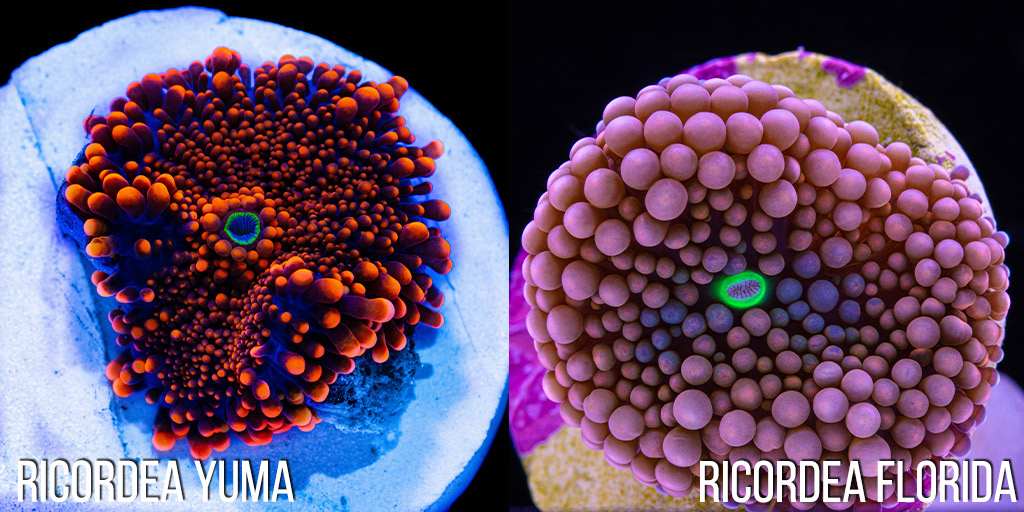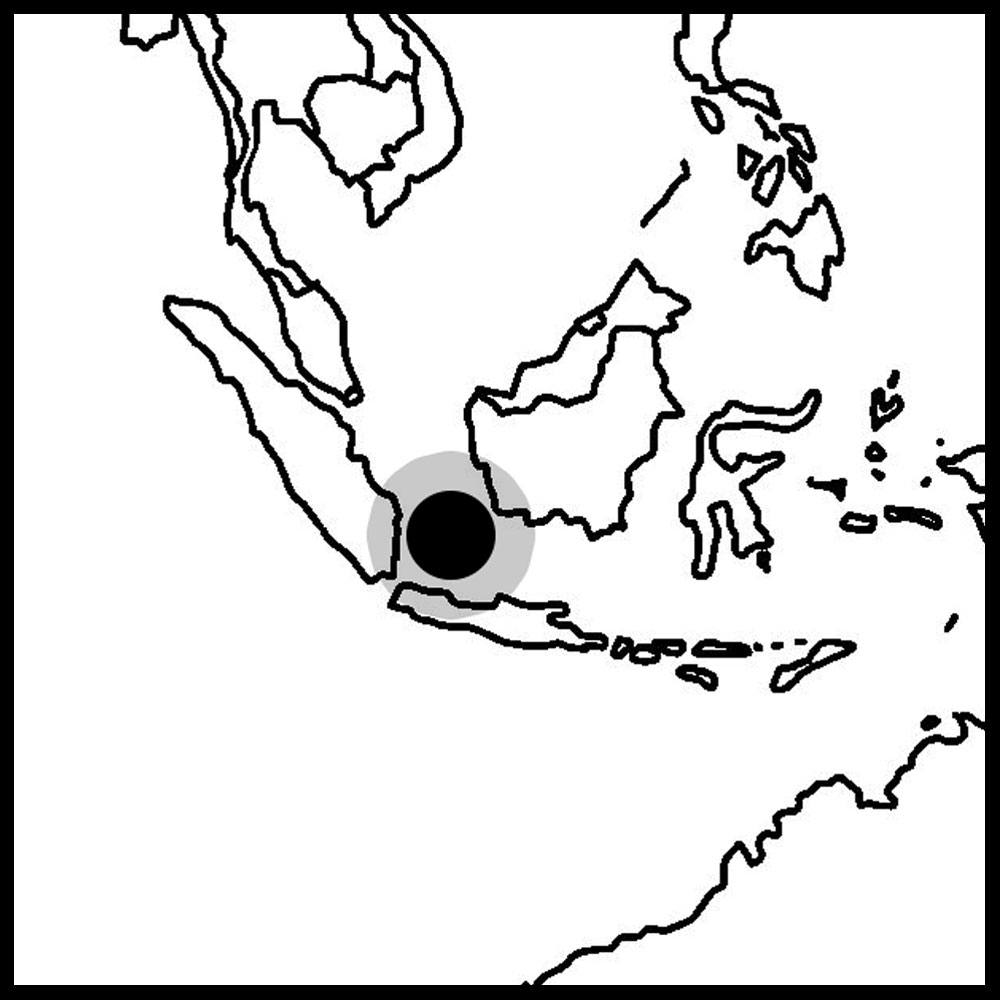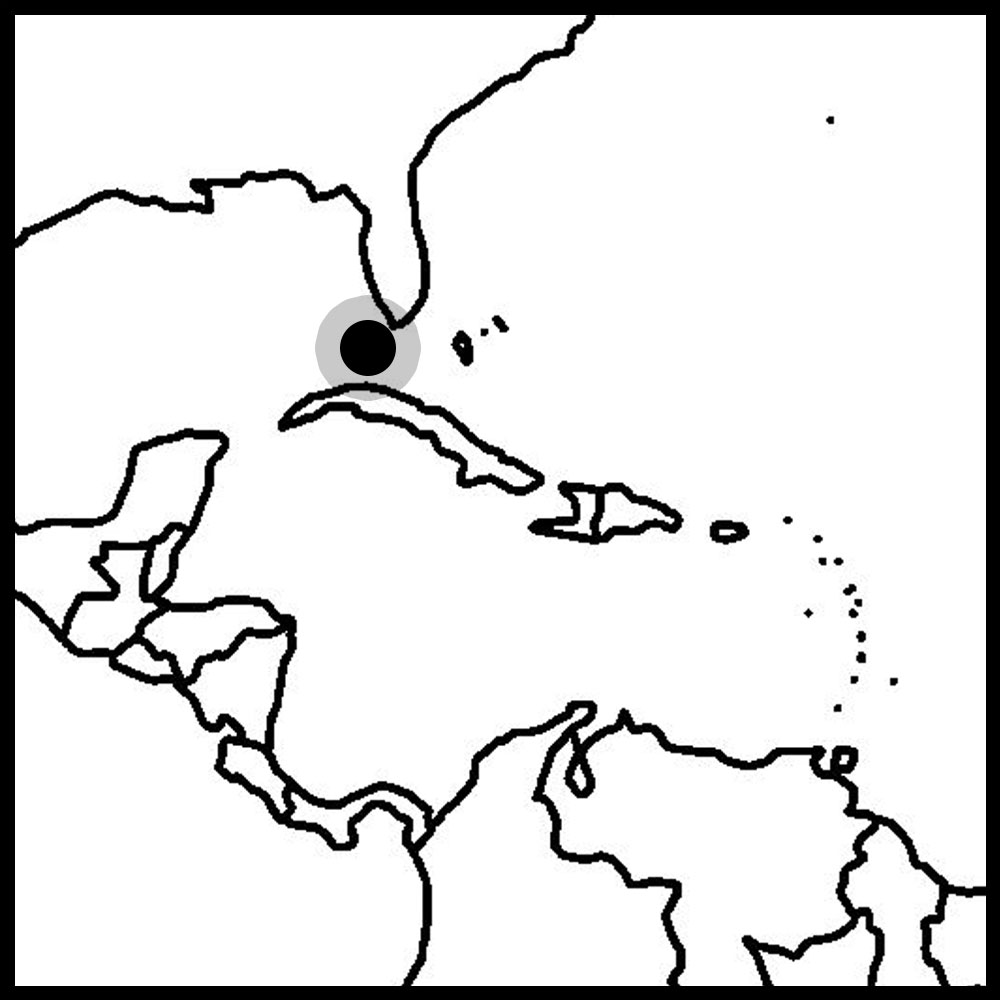Filter
My Wish List
![]() Ricordea Mushroom Care
Ricordea Mushroom Care
Mushrooms from the genus Ricordea are a highly desirable corallimorph in the reef aquarium hobby due to their unique bubble-like appearance. There are two species of Ricordea mushrooms, Ricordea florida and Ricordea yuma.
At first glance they are hard to distinguish from one another. The way that I tell them apart is the orientation of their tentacles, first near the mouth and then on the body. Ricordea yuma’s mouth almost always has a large concentration of tentacles surrounding it, whereas Ricordea florida’s mouth is usually small and isolated from any tentacles.
A more subtle difference is the pattern of the tentacles on the body. Ricordea florida’s tentacles may show distinctive rings of colors, but the distribution of the tentacles themselves is pretty random. Ricordea yuma on the other hand tend to have alternating rows of large and small tentacles on its body that radiate outwards from the mouth
Although both come in a wide variety of colors, the Ricordea yuma’s colors are by far more vibrant and mind blowing than those of the Ricordea florida.

![]() Location
Location
There are two locations that Ricordea can be found. The Ricordea yuma is found in the Indo-Pacific region, and the Ricordea florida, you may have guessed already, is located in the Caribbean region.


Moving on from basic information about the Ricordea florida and the Ricordea yuma, let’s get into some care tips starting with lighting and water flow.
![]() Lighting
Lighting
Despite coming from 2 different locations, the florida and the yuma are not all that different in terms of husbandry. Ricordea tend to enjoy a medium to high light due to normally growing in shallow waters where they are exposed to more light in the wild. This amount of light will allow them to color up nicely.
Low Light


Lighting is a loaded topic, so for a more in-depth discussion of lighting, please see our Deep Dive article.
![]() Water Flow
Water Flow
When it comes to flow, try to keep it more modest. Low to medium flow would be best for Ricordea. Too much flow could cause this corallimorph to not extend fully or blow around in the tank. If a Ricordea detaches from its substrate, place it in a low flow area of the aquarium with some rubble and it will reattach on its own.
![]() Water Chemistry
Water Chemistry
Even though both the Ricordea yuma and the Ricordea florida are similar in terms of lighting and flow, there is a big difference when it comes to the water chemistry. Generally the Ricordea yuma is going to be a lot more sensitive to water quality than the Ricordea florida, and will be more difficult to keep long term.
Due to not having a hard skeleton like stony corals, you don’t have to be as strict with your calcium and alkalinity levels that are normally used to keep coral skeletons healthy, but that doesn't mean you get to ignore it altogether.
![]() Feeding
Feeding
I came across something very interesting when it comes to how these mushrooms feed. They will react to very fine foods, like a cloudy supernate that you would get by thawing frozen food, but they won’t actually eat it. They'll check it out, realize they don't want that food, then ignore it.
Ricordea florida and Ricordea yuma will both do better with meatier foods, but try to keep the food pieces to the size of half the size of a mysis shrimp. They can eat whole mysis, but it will take them quite a while to do so.

If you want to go the extra mile when it comes to feeding, adding amino acids to your regimen will also be very beneficial to your corals.
Amino Acids are simple organic compounds that play a major role in building proteins as well as other biological functions at the cellular level. There are a little over 20 different types of amino acids. Most of them can be synthesized by the organism but some cannot be and must be taken in by feeding. Those amino acids are termed essential amino acids and they vary from species to species. Corals regularly take in available amino acids from the water column so it is easy to provide them with adequate quantities by broadcast feeding an amino acid solution. They are available from any number of commercially available reef supplement manufacturers. This may be the easiest way to feed your corals because as long as amino acids are bioavailable in the water column, the corals will soak them up. If you want to know more about amino acids, I made a video going into great detail about them so check that out below:
![]() Propagation
Propagation
Feeding corals often also promotes good health and reproduction. Ricordea usually split by means of longitudinal fission. They start developing multiple mouths and pinch in the center, eventually separating into two polyps. This is in contrast to other types of mushrooms like Discosoma, that reproduce by means of pedal laceration. This is where the coral will slowly move around and leave behind pieces of their foot which will grow into new mushrooms.
![]() Summary
Summary
Alright, that’s all we have on both Ricordea florida and Ricordea yuma. If you are a beginner to the reef aquarium hobby, I highly recommend the hardier Ricordea florida over the more delicate Ricordea yuma for your tank due to its easiness to care for, while still exhibiting impressive coloration.


Take care, and as always, happy reefing!